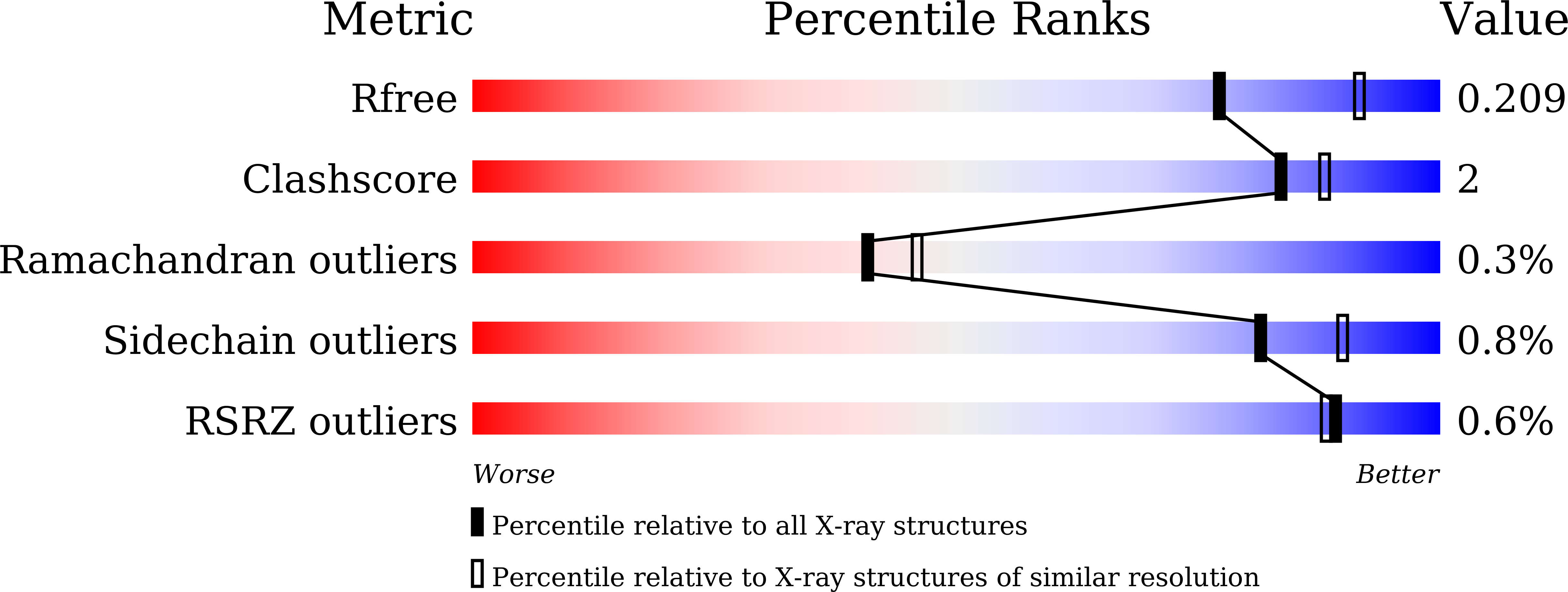
Deposition Date
2022-05-10
Release Date
2023-02-01
Last Version Date
2023-11-29
Entry Detail
Biological Source:
Source Organism:
Tritonibacter scottomollicae (Taxon ID: 483013)
Host Organism:
Method Details:
Experimental Method:
Resolution:
2.20 Å
R-Value Free:
0.20
R-Value Work:
0.18
R-Value Observed:
0.18
Space Group:
I 2 2 2


